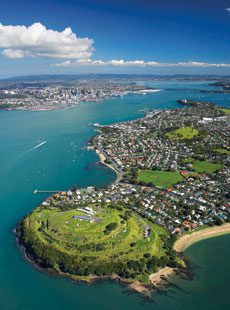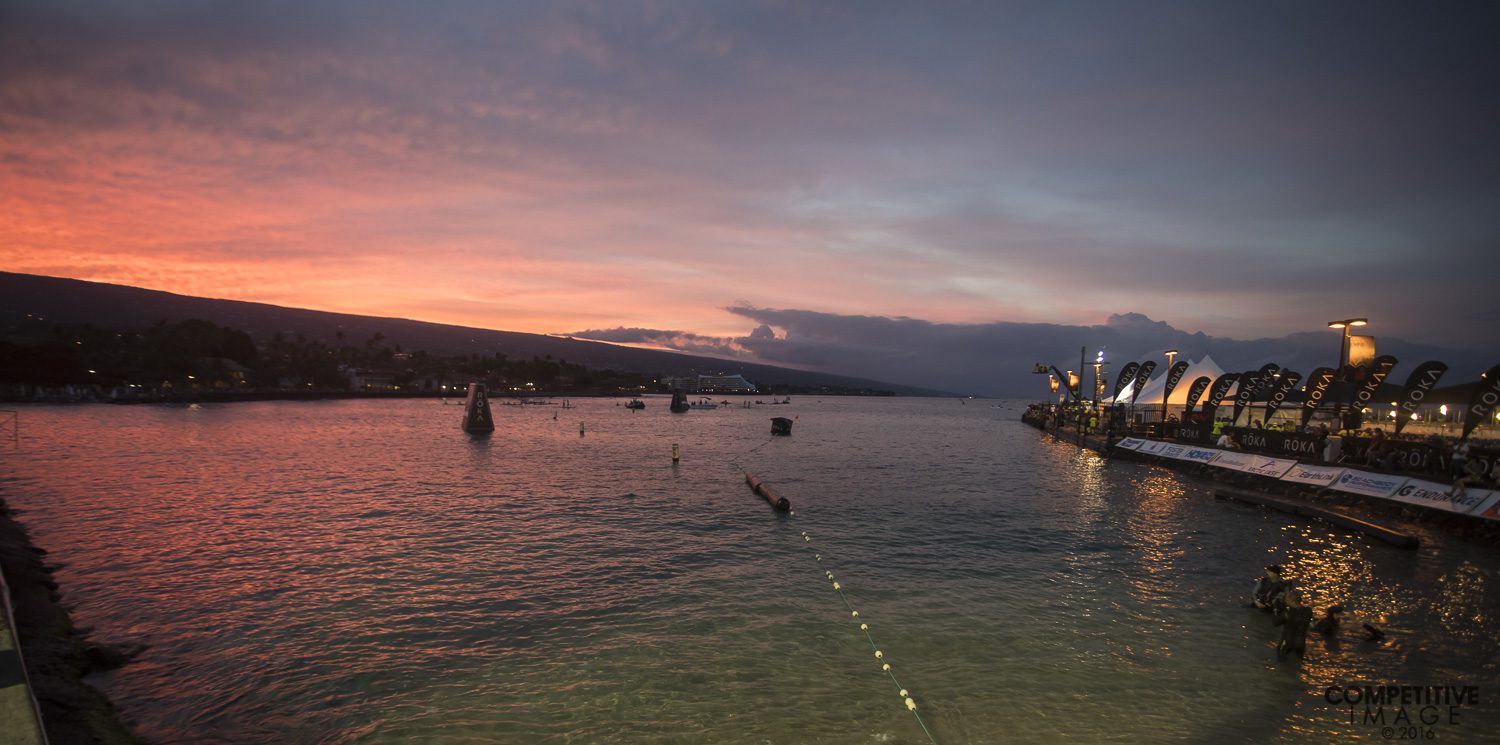Tips for the travelling triathlete
A checklist to prepare you for all your race travel this summer.

An in-depth travel plan is necessary so that you arrive at your race destination in peak shape and ready to go. The following 10 tips will help you to achieve that for all your races this season.
1. Plan early.
Don’t leave any course-specific training until the last minute. You need to know the terrain and the climate of your destination race. This means you and your coach may have to incorporate some heat or altitude training in your plan weeks before you leave. For example, if you live in a predominantly flat area and are doing a hilly event, you will need to simulate some hill training by lower cadence workouts or treadmill runs. If possible, incorporate a training camp into your schedule where there are lots of hills and/or the climate/altitude is similar to your destination event.
2. Booking your flight.
A few things to consider when booking your flight: know your departure time from home but also the arrival time at your destination including time changes. While the relative spaciousness of first-class seating is out of most people’s price range, it is worth trying to get an emergency row seat as it has more leg room. You will also want to minimize the transfers and layovers. Be sure to check out information ahead of time about travelling with your bike with specific airlines. You can save fees with some better than others.
3. Time zones.
A general rule of thumb is that it will take one day of recovery or adjustment for every time zone travelled. In other words, if you have travelled through six times zones you don’t want to arrive at your destination four days before the event. You will want to arrive at a minimum six days early but optimally even more that that so you have a few days to get in some more quality training to really feel primed and ready. If possible, try to start adjusting to the time zone before you leave by going to bed and getting up either earlier or later depending on the direction you are travelling. You may even want to eat closer to your new time zone meal times as well.
4. Choose your lodging carefully.
You need to consider whether being close to the race site is the best place to be. If you arrive quite early to your destination then perhaps an optimal training location is a better choice. You do not want to be in the centre of a busy city with nowhere to run, ride or swim with days or weeks to spare before your event. You will want to scout out a pool or open water swim location close to you. Maybe there is no training option and you will have to consider finding a spinning studio.
5. Food and groceries.
You may not be used to the local cuisine at your destination race. Avoid trying anything different close to your event. Save this for after. You should research where you can find a grocery store and if they provide food that you are accustomed to. Ideally, your lodging has a kitchen of some sort. Consider bringing some specialty food items with you from home that you might not be able to get on the road. If you do this you will need to find out the restrictions on food for the airline that you are travelling with.
6. Make a checklist.
Big races will usually have a large expo but you will want to minimize any running around and added stress as much as possible. Bring everything that you need and extras with you if you can. Things such as an extra pair of goggles, a wetsuit even if there is a chance that it will be a non-wetsuit swim, bike tools, long valve tubes, tubulars or your own sports drink and nutrition are just a few things to add to your checklist.

